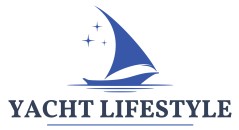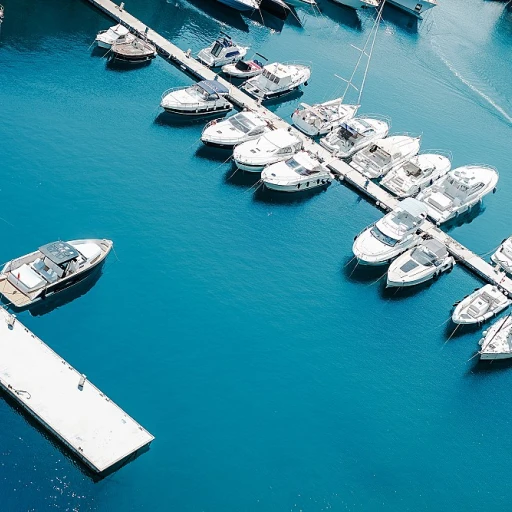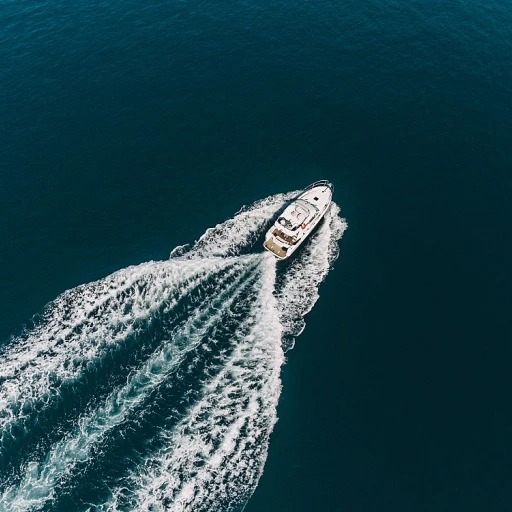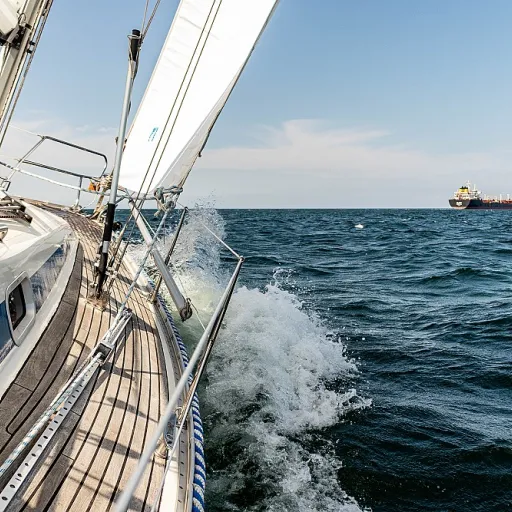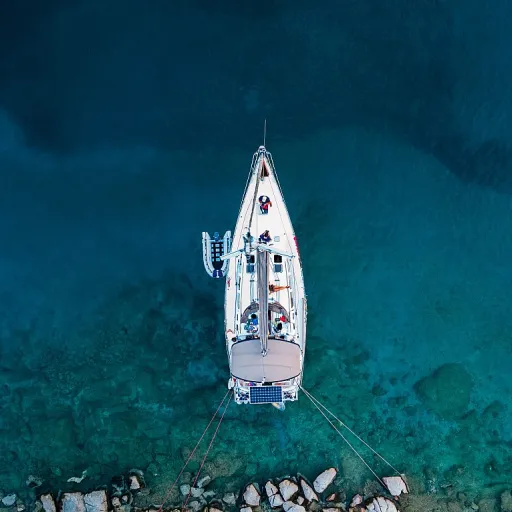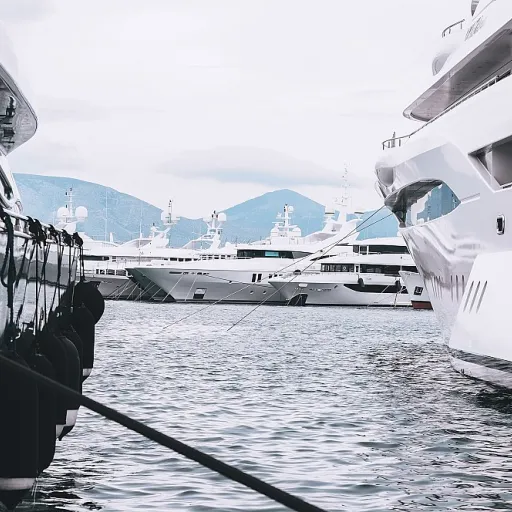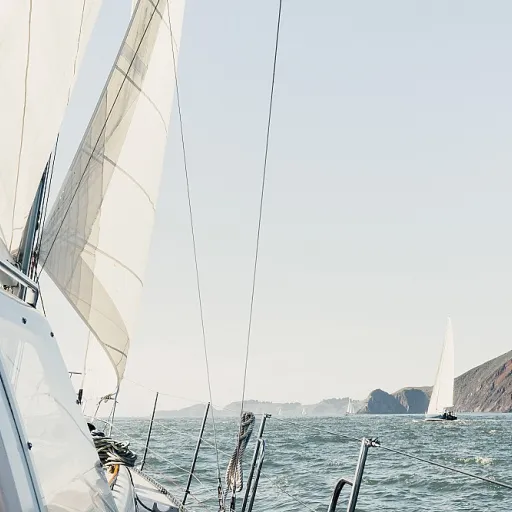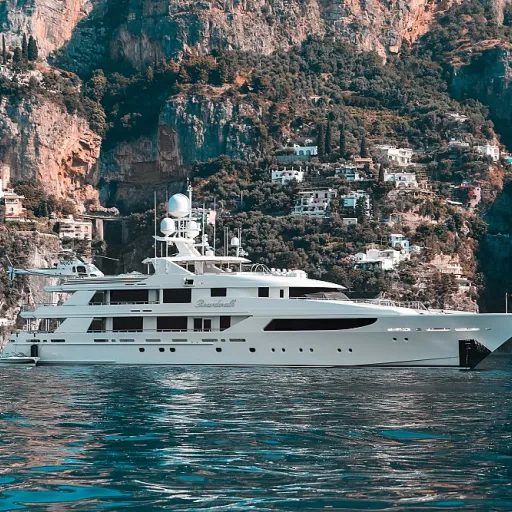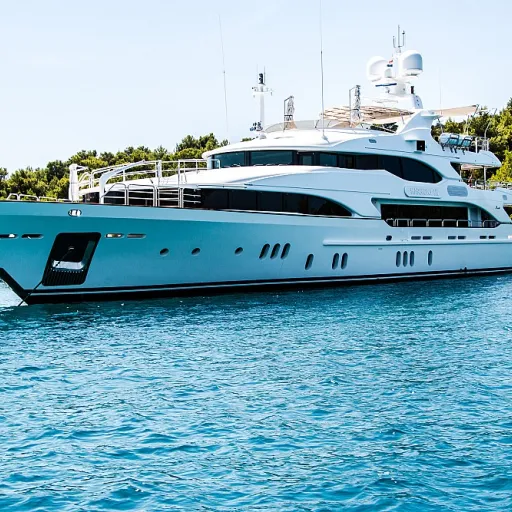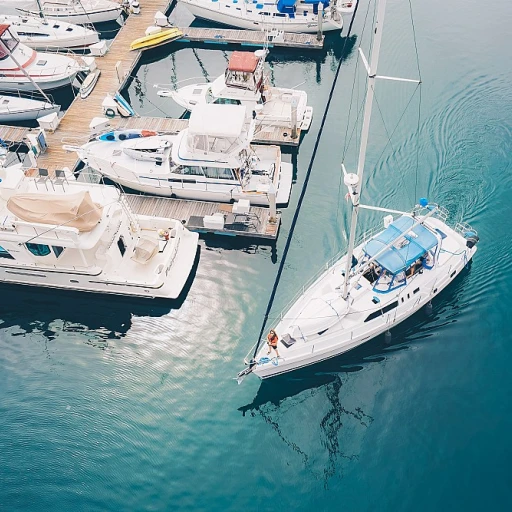
Understanding the class 40 sailboat design
Distinctive Features of the Class 40
The Class 40 yacht stands out in the sailing world for its blend of performance, accessibility, and offshore capability. This boat class was created to fill the gap between high-budget open class racers and more traditional cruiser-racers. The class rules are strict enough to keep costs under control, but flexible enough to allow for innovation and evolution in design. The result is a fleet of boats that are both competitive and relatively affordable, making offshore racing more accessible to a wider range of sailors.
Design Philosophy and Construction
Class 40 boats are typically around 40 feet in length, with a focus on robust construction for blue water and offshore racing. The hull shapes are optimized for speed and stability, often featuring wide sterns and twin rudders. The design encourages both single handed and crewed sailing, which is why you’ll see these yachts in events like the Route du Rhum and other transatlantic races. Builders such as Pogo and others have become well-known for their high performance models within this class.
- Strict class association rules keep the playing field level
- Emphasis on safety and seaworthiness for offshore conditions
- Open deck layouts for easy maneuvering, whether racing or cruising
- Innovative use of materials for weight savings and durability
Balancing Performance and Practicality
Unlike some pure racing classes, the Class 40 is designed to be versatile. Many owners use their boats for both racing and cruising, enjoying the comfort and reliability that come from the class’s design ethos. The international class association maintains a strong web site presence, offering resources, privacy policy details, and updates on class rules and events. This helps foster a sense of community among owners, skippers, and crews worldwide.
For those interested in exploring other high performance yachts and how they compare to the Class 40, you might find this in-depth look at the Valhalla Yacht insightful.
Performance on the water: what makes class 40 unique
What Sets Class 40 Apart on the Water
The class 40 yacht stands out in the world of offshore racing for its balance between high performance and accessibility. Unlike more exclusive racing classes, the class 40 is governed by strict class rules, ensuring a level playing field while still allowing for innovation within the design. This unique approach has helped the class gain international recognition and a loyal following among both professional and amateur sailors.Performance Features and Sailing Experience
Class 40 boats are designed for speed and reliability, especially in challenging offshore conditions. Their hulls are optimized for planing, which means they can achieve impressive speeds downwind, making them a favorite for transatlantic races like the Route du Rhum. The open cockpit and ergonomic layout allow the crew to handle the yacht efficiently, whether sailing single handed or with a small team. The class association has worked hard to keep the boats affordable and manageable, making the class accessible to a wider range of skippers.- Lightweight construction for enhanced speed
- Wide beam for stability and power
- Simple yet robust rigging for easy handling
- Strict adherence to class rules to ensure fair competition
Versatility: Racing and Cruising
While the class 40 is primarily known as a racing class, its design also appeals to those interested in blue water cruising. Many owners appreciate the boat’s ability to transition between offshore racing and comfortable cruising. This dual-purpose nature is rare among high performance yachts, making the class 40 a standout in its segment.Comparing to Other Boat Classes
Compared to other offshore racing classes like the Beneteau Figaro or the open class, the class 40 offers a more accessible entry point without sacrificing the thrill of competitive sailing. The class rules encourage innovation but prevent the kind of cost escalation seen in some other boat classes. This has fostered a vibrant international class community, with regular events and a strong online presence through the class association web site. For those considering a move into offshore racing or looking for a versatile racer-cruiser, evaluating the right yacht for your needs is crucial. The class 40’s blend of performance, reliability, and community support makes it a compelling choice. For more insights on choosing the right yacht, check out this guide on evaluating the Viking Princess.Endurance and Crew Dynamics
Class 40 boats are often sailed single handed or with a small crew, demanding both endurance and teamwork. Offshore racing in this class tests the limits of skipper and crew, requiring smart navigation, efficient sail handling, and the ability to adapt quickly to changing conditions. The class rules ensure that all boats compete on a similar footing, highlighting the skill and strategy of the sailors rather than just the technology of the yacht. Overall, the class 40’s unique combination of design, performance, and community spirit continues to attract sailors from around the world, making it a cornerstone of the modern offshore racing scene.Technological innovations in class 40 sailboats
Cutting-Edge Materials and Construction
Class 40 sailboats have become a benchmark for high performance and innovation in offshore racing. The class rules encourage creative design within strict parameters, leading to a fascinating mix of boats on the water. Builders and designers focus on lightweight yet robust materials, such as advanced composites and carbon reinforcements, to achieve the ideal balance between speed and durability. This approach allows the yacht to withstand the demanding conditions of transatlantic races like the Route du Rhum, while still being manageable for a single handed skipper or a small crew.Smart Rigging and Sail Technology
The evolution of rigging and sail plans in the class 40 segment is remarkable. Innovations include adjustable bowsprits, retractable keels, and efficient sail-handling systems that make these boats suitable for both racing and cruising. The open class philosophy means that designers can experiment with sail area and mast placement, optimizing for different offshore conditions. These advancements not only boost performance but also improve safety and ease of handling for the crew, whether racing double handed or solo.Electronics and Onboard Systems
Modern class 40 yachts are equipped with state-of-the-art navigation and communication systems. High-performance autopilots, satellite connectivity, and integrated weather routing software are now standard, supporting skippers during long offshore passages. These technologies are essential for single handed and double handed racing, allowing sailors to make informed decisions and maintain boat speed even in challenging blue water environments.Interior Design: Balancing Comfort and Function
While the focus remains on racing, class 40 boats are increasingly designed with practical interiors. The class association and international class rules permit a level of customization, so some owners opt for minimalist cruiser layouts, while others prioritize weight savings for pure racing. Innovations in modular furniture and lightweight materials mean that even a race class yacht can offer basic comfort for offshore passages. For those interested in enhancing their yacht’s aesthetic, details like nautical door pulls can add a touch of style without compromising performance.Continuous Evolution Driven by Competition
The class 40 segment thrives on a culture of innovation, with each new boat class pushing the boundaries of what’s possible under the class rules. The racing class environment, from the Pogo to the Beneteau Figaro, fosters a spirit of collaboration and competition. Regular updates from the class association and feedback from offshore racing events ensure that the design and technology of these boats continue to evolve, keeping the class at the forefront of international yacht racing.The global racing circuit for class 40 sailboats
The pulse of international offshore racing
The class 40 yacht has carved out a prominent place in the world of offshore racing, attracting both seasoned skippers and ambitious newcomers. This boat class is a fixture in some of the most demanding transatlantic races, including the iconic Route du Rhum. The class rules, designed to balance high performance with accessibility, have helped create a vibrant and competitive racing class that stands out on the global stage.
Key events and the racing calendar
Class 40 boats are regular contenders in a variety of offshore and blue water events. The international class association maintains a busy calendar, featuring:
- Transatlantic races that test single handed and crewed endurance
- European circuits, where open class racers compete in coastal and offshore legs
- Specialized events for both racing and cruising enthusiasts
These events are not just about speed; they also showcase the versatility of the class 40 design, which allows for both high performance racing and comfortable offshore cruising. The class rules ensure a level playing field, making the competition as much about skill and strategy as about the boat itself.
Community and collaboration on the water
The class 40 community is known for its strong sense of camaraderie. Whether racing single handed or as part of a crew, sailors share knowledge and support each other, both on and off the water. The class association plays a crucial role in fostering this spirit, organizing events, maintaining the official web site, and ensuring that the privacy policy and class rules are up to date and transparent.
Notable designs and their impact
Innovative designs from builders like Pogo and others have pushed the boundaries of what is possible in this racing class. The influence of other boat classes, such as the Beneteau Figaro, is evident in the evolution of the class 40 yacht. The focus on open design principles and offshore capability has made the class a proving ground for both established and emerging yacht designers.
Looking ahead
With a growing international presence and a dedicated following, the class 40 segment continues to shape the future of offshore racing. The blend of high performance, accessible design, and a supportive community ensures that this boat class remains at the forefront of the global sailing scene.
Community and culture among class 40 enthusiasts
Shared Passion and the Spirit of Offshore Adventure
The class 40 sailing community is built on a foundation of shared passion for high performance, offshore adventure, and the unique challenges that come with this boat class. Whether you are a seasoned skipper or a newcomer to offshore racing, the sense of camaraderie is strong. Owners, crew, and enthusiasts gather at events, online forums, and through the international class association, exchanging knowledge about yacht design, racing tactics, and the latest innovations in cruiser and racer configurations.
Events That Unite and Inspire
Major races like the Route du Rhum and various transatlantic races serve as rallying points for the class 40 community. These events attract a diverse group of sailors, from single handed racers to teams, all drawn by the open class rules and the thrill of blue water competition. The class association plays a crucial role in organizing these races, ensuring fair competition and adherence to class rules, while also fostering a supportive environment for both racing and cruising enthusiasts.
- Race class gatherings: Events often include technical briefings, social gatherings, and opportunities to discuss boat design and offshore strategies.
- Online resources: The class association’s web site provides updates, race results, and a platform for connecting with other members worldwide.
- Workshops and seminars: Topics range from high performance sail trim to privacy policy updates and safety protocols for offshore racing.
Inclusivity and Growth in the Sailing Class
The class 40 segment is known for its accessibility compared to other open class or racing class yachts. This inclusivity has helped grow a diverse, international following. Sailors from different backgrounds, including those with experience in the Beneteau Figaro or other offshore boats, find the class 40 rules encourage innovation while keeping the spirit of competition alive. The mix of single and crewed racing, as well as the balance between racer and cruiser designs, ensures there is a place for everyone in this vibrant community.
As the class continues to evolve, the community remains at the heart of its success, driving both technological advancement and a culture of mutual support on and off the water.
Challenges and opportunities in the class 40 segment
Barriers and Growth Potential in the Class 40 Arena
The class 40 yacht segment stands at a crossroads, balancing its reputation for high performance and innovation with the realities of accessibility and sustainability. While the class has attracted a dedicated following of skippers, crews, and designers, several challenges persist that shape its future on the global offshore racing scene.
- Cost and Accessibility: Building and maintaining a competitive class 40 boat requires significant investment. The push for advanced design and technology, as seen in the evolution of the Pogo and other open class racers, can drive up costs, making entry difficult for new teams or those transitioning from other sailing classes like the Beneteau Figaro.
- Class Rules and Fair Competition: The class association works hard to enforce class rules that keep racing fair and innovation within reach. However, as new materials and techniques emerge, maintaining a level playing field becomes more complex. This ongoing debate is central to the identity of the class and its appeal to both amateur and professional sailors.
- Environmental Considerations: Offshore racing and blue water cruising increasingly face scrutiny over environmental impact. The class 40 community is exploring more sustainable practices in boat building and race management, but balancing performance with eco-friendly solutions remains a work in progress.
- Global Participation and Diversity: While the class has a strong presence in Europe, especially in iconic events like the Route du Rhum and transatlantic races, expanding its reach to new regions and encouraging a more diverse fleet is an ongoing opportunity. The international class association is actively promoting events and resources on its web site to foster broader engagement.
- Single and Double-Handed Racing: The appeal of single handed and double handed offshore racing is a hallmark of the class 40 segment. However, these formats demand a high level of skill and resilience from skippers and crew, which can be a barrier for less experienced sailors or those coming from more traditional cruiser or race class backgrounds.
Opportunities for the Future
Despite these challenges, the class 40 segment is well positioned for continued growth. The blend of innovation, community, and the thrill of offshore racing keeps attracting new talent and sponsors. As the class evolves, collaboration between designers, sailors, and the class association will be key to ensuring that the spirit of the class—performance, accessibility, and camaraderie—remains strong on the water and beyond.
